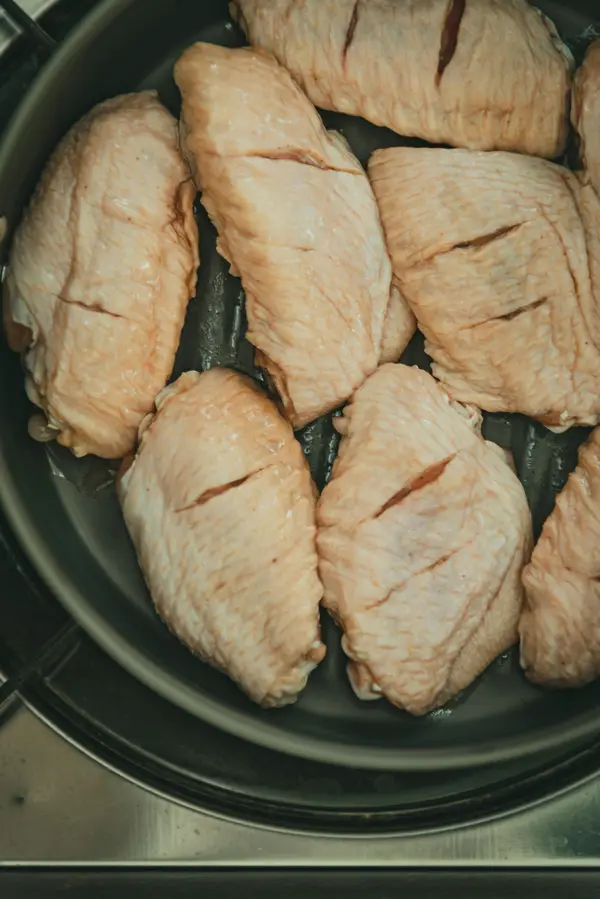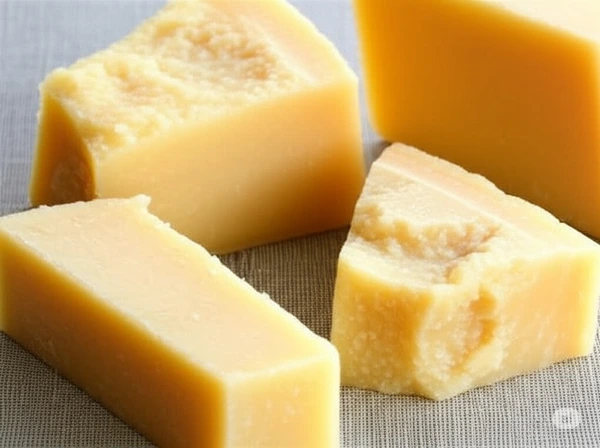Ever stared into a pot of simmering chicken thighs, wondering if they’re finally done? You poke, you prod, anxiety rising – will they be
rubbery? Dry? Or worse, dangerously undercooked? I’ve been there too. That sinking feeling when dinner hinges on perfect timing. But
guess what? Boiling chicken thighs is actually one of the most forgiving and efficient ways to get succulent, shred-ready meat. Let’s ditch
the guesswork together and nail this simple technique!
Quick Facts for the Time-Crunched Cook:
-
Standard Time: Bone-in, skin-on thighs: 15-20 minutes. Boneless, skinless thighs: 10-15 minutes. (Simmering, not rolling boil!)
-
Non-Negotiable Temp: 165°F (74°C) internal temperature is SAFE (USDA).
-
Why Thighs Rock: Harder to overcook than breasts! Higher fat content keeps them juicy.
-
Size Matters: Small thighs cook faster; large ones need more time. Adjust!
-
Flavor Boost: Don’t just boil in water! Broth, herbs, aromatics = BIG difference.
-
Post-Boil Power: Browning boiled thighs under the broiler adds incredible flavor!
Why Boiling? It’s Simpler (and Smarter) Than You Think
First, let’s bust a myth: boiling doesn’t have to mean bland. Think of it as a speedy poaching session. While roasting or grilling develop browned crusts, boiling excels at delivering tender, evenly cooked, and incredibly versatile meat in a fraction of the time. It’s my go-to when I need shredded chicken for tacos, enchiladas, soups, salads, or meal prep – fast.
The Golden Rule: Time & Temperature
So, down to brass tacks. How long exactly?
-
Bone-In, Skin-On Chicken Thighs: These take longer because the bone insulates heat. Simmer gently for 15 to 20 minutes. Use a meat thermometer in the thickest part (avoiding bone). You must hit 165°F (74°C) – the USDA food safety standard.
-
Boneless, Skinless Chicken Thighs: Simmer for 10 to 15 minutes. Verify with a thermometer: 165°F is the magic number. Gentle simmering prevents toughness.
Key Factors That Influence Your Timing:
-
Size & Thickness: A 4-oz thigh cooks faster than an 8-oz one. Visually check and use your thermometer!
-
Quantity: Crowding lowers water temperature. Cook in batches if needed.
-
Starting Temperature: Thighs from the fridge take slightly longer.
-
Altitude: Above 3,000 feet? Add 5-10% more time (water boils at lower temps).
-
Your Stove’s Power: Aim for small, steady bubbles – not a rolling boil.
Beyond Bland: Transforming Boiled Chicken into Flavor Heaven
Don’t just use plain water! Try:
-
Chicken Broth/Stock: Adds depth (use low-sodium for control).
-
Water + Aromatics: Onion, garlic, carrot, celery, bay leaf, peppercorns.
-
Simple Seasonings: Salt, dried herbs (thyme, oregano, rosemary).
The Texture Truth (It’s Science!)
“Doesn’t boiling make chicken rubbery?” Actually, gentle simmering (without overcooking) breaks down collagen into gelatin, creating tender meat. Overcooking any chicken causes dryness – hence the thermometer! Pull it out at 165°F.
Nutritional Nugget:
Chicken thighs offer high-quality protein (26g per 4oz), iron, zinc, and B vitamins (B12, B3). Their fat is primarily heart-healthy monounsaturated fat. Boiling renders excess fat into the water.
Pro Tips for Chicken Thigh Boiling Brilliance:
-
Pat Dry First: Helps seasoning stick.
-
Bring Liquid to Boil First: Add chicken, then reduce to simmer.
-
Skim the Scum: Remove foamy impurities for cleaner flavor.
-
Rest Before Shredding: Wait 5 minutes; juices redistribute.
-
Broil for Bonus Flavor: After boiling, broil skin-side up for 3-5 minutes for crispy texture.
-
Save That Liquid: Strain and freeze the broth for future use.
The Verdict: Simple, Safe, Succulent
Boiling chicken thighs is practical, fast, and yields tender results. Remember: 15-20 mins for bone-in, 10-15 mins for boneless, ALWAYS to 165°F. Skip plain water, use aromatics, and try the broil finish. You’ve got this!
What will YOU make with your perfectly boiled chicken thighs tonight? Share your creations below!





